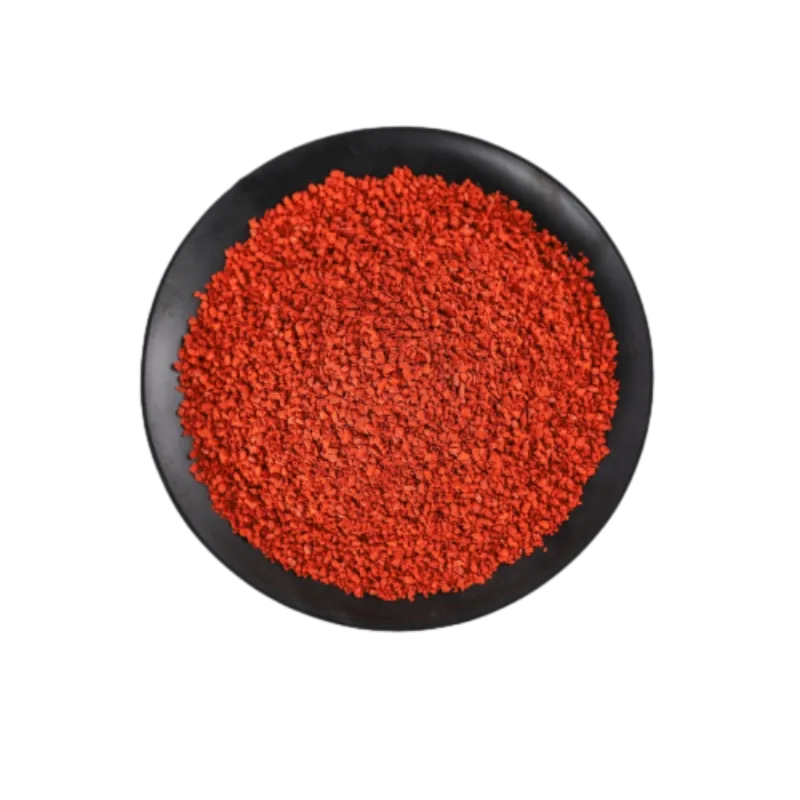
Oct . 17, 2024 15:11 Back to list
From Clay Tiles to Metal Roofs A Modern Transition in Home Design
From Tile to Tin Roof A Journey Through Roofing Materials
When it comes to constructing a home, one of the most crucial aspects that homeowners often consider is the type of roofing material to use. Traditionally, roofs have been made from various materials, each with its own set of benefits and drawbacks. Among the most popular materials are clay and concrete tiles, as well as metal options like tin. This article delves into the characteristics, advantages, and disadvantages of tile roofs compared to tin roofs, shedding light on the factors that influence this choice.
Tile roofs, typically made from clay or concrete, have a timeless aesthetic that appeals to many homeowners. They are known for their durability and longevity, lasting upwards of 50 years with proper maintenance. One of the key advantages of tile roofs is their resistance to extreme weather conditions. They perform well in hot climates, reflecting sunlight and keeping the interior cool. Additionally, tile roofs are resistant to rot and insect damage, making them an excellent choice for homes in humid or wet environments.
From Tile to Tin Roof A Journey Through Roofing Materials
On the other hand, tin roofs, often made from galvanized steel or aluminum, offer a lightweight and durable alternative. Tin roofs have gained popularity in recent years due to their modern appearance and resilience. Unlike tile, metal roofing is well-known for its ability to withstand severe weather, including high winds and heavy rainfall. Additionally, the reflective properties of metal help to improve energy efficiency by minimizing heat absorption, which is particularly beneficial in warm climates.
tile to tin roof

One of the compelling advantages of tin roofs is their ease of installation. Due to their lighter weight, tin roofing can be installed more quickly than tile, potentially reducing labor costs. Moreover, tin roofs are less susceptible to breakage during installation, which is a common concern with tile roofing materials. When it comes to maintenance, tin roofs are relatively low-maintenance, requiring occasional inspections to ensure sealants and fasteners remain in good condition.
However, tin roofs have their drawbacks as well. While they can last 40 years or more, they don't typically have the same lifespan as high-quality tile roofs. Furthermore, metal roofs can be prone to dents and scratches from hail or falling debris. While coatings can help protect against rust and corrosion, these treatments can degrade over time and require reapplication.
Choosing between tile and tin roofing ultimately depends on various factors, including budget, climate, and personal aesthetic preferences. Homeowners who prioritize longevity and a classic appearance may lean towards tile, whereas those searching for cost-effective, modern solutions might find tin roofs more appealing.
In conclusion, both tile and tin roofs have their own unique qualities that make them suitable for different types of homes and climates. Understanding the advantages and disadvantages of each material can empower homeowners to make informed decisions about their roofing choices. Regardless of the selection, investing in a quality roof is vital, as it not only protects the home but also enhances its overall value and curb appeal.
-
Stone Coated Metal Roof Tile-Nosen Tile: Durable & Stylish Roofing Solution
NewsJul.26,2025
-
Mosaic Shingles: Durable Roofing, Compare 3 Tab vs Architectural Styles
NewsJul.25,2025
-
Stone Coated Metal Roof Tile-Roman Tile for Durable Elegant Roofing
NewsJul.24,2025
-
Stone Coated Metal Roof Tile-Nosen Tile: Durable & Stylish Roofing
NewsJul.23,2025
-
Durable Tiles Made of Clay for Modern Cladding Solutions
NewsJul.22,2025
-
Stone Coated Roman Tile Metal Roofing - Durable & Elegant
NewsJul.22,2025







